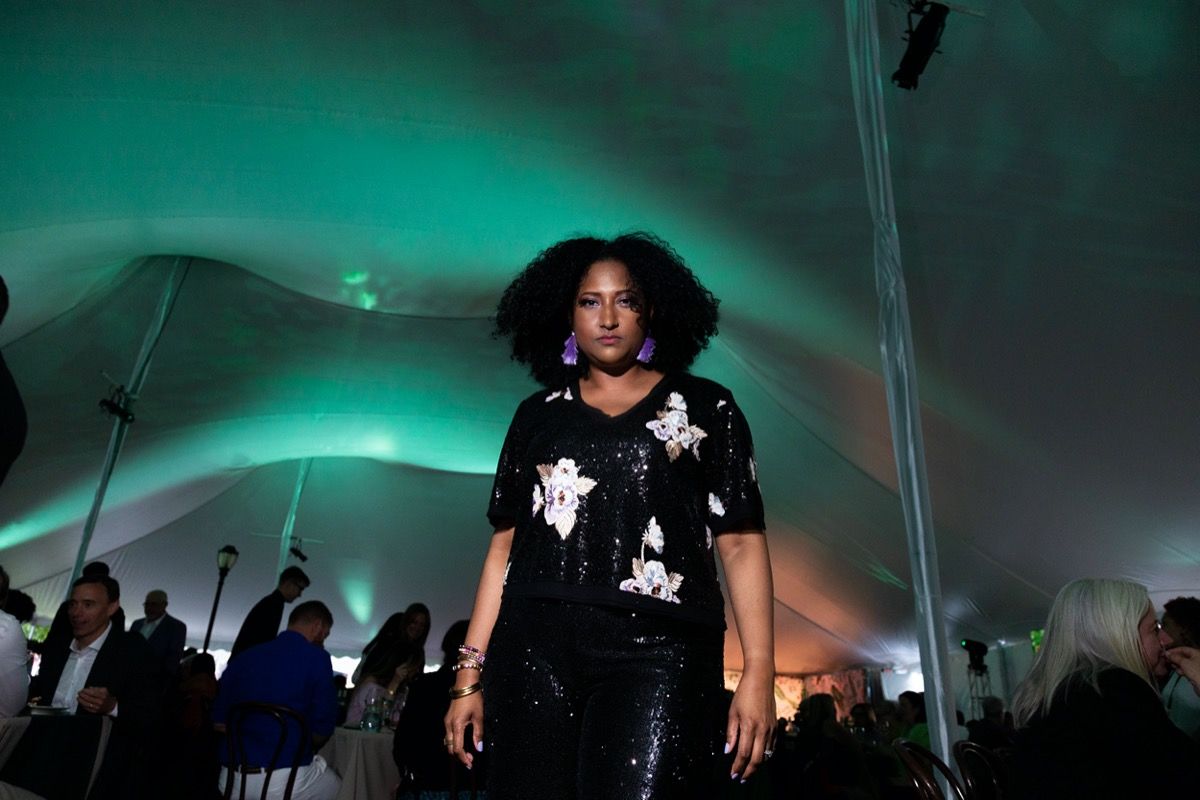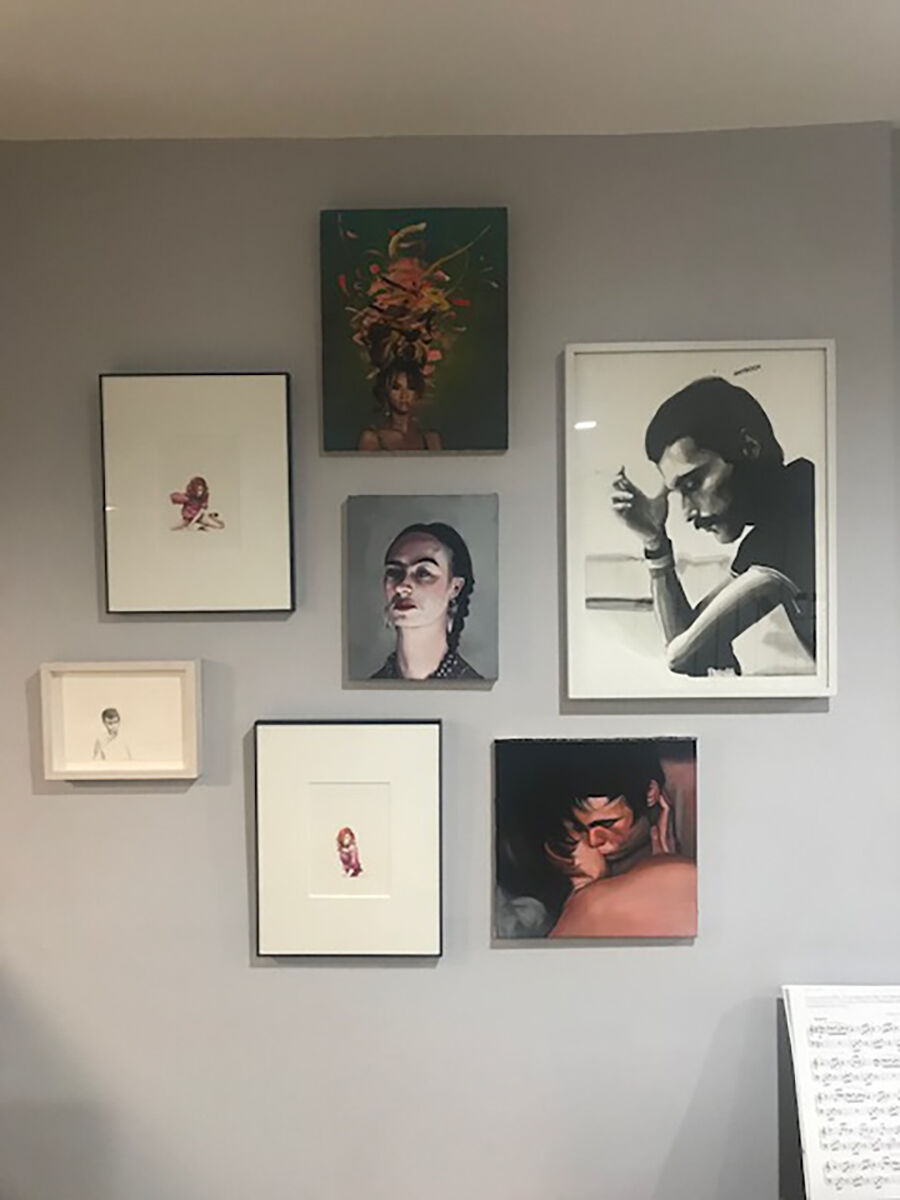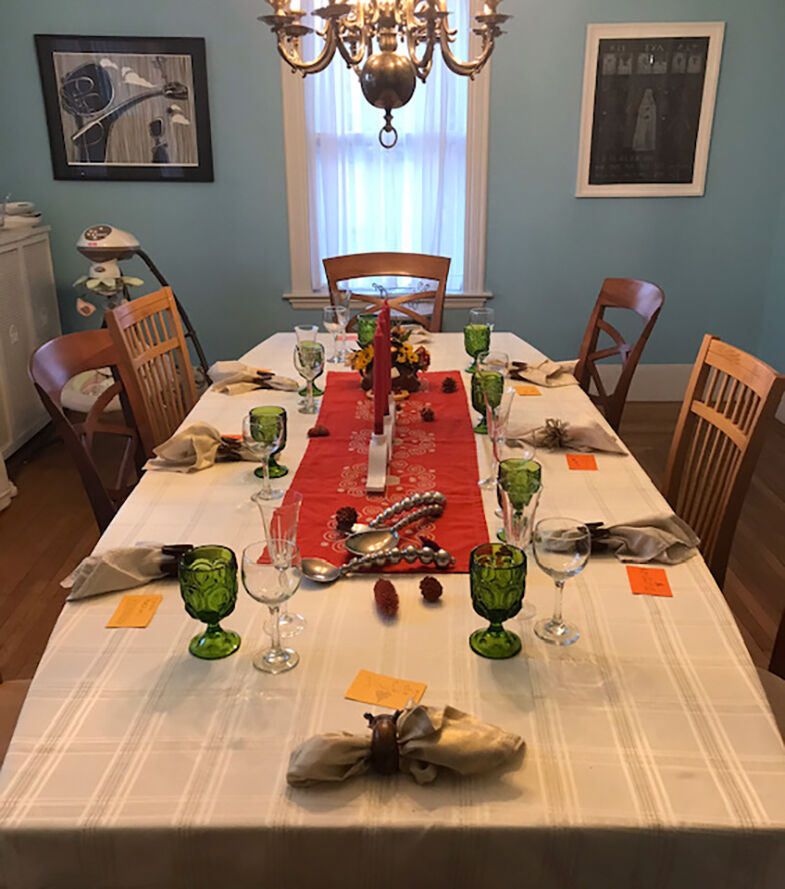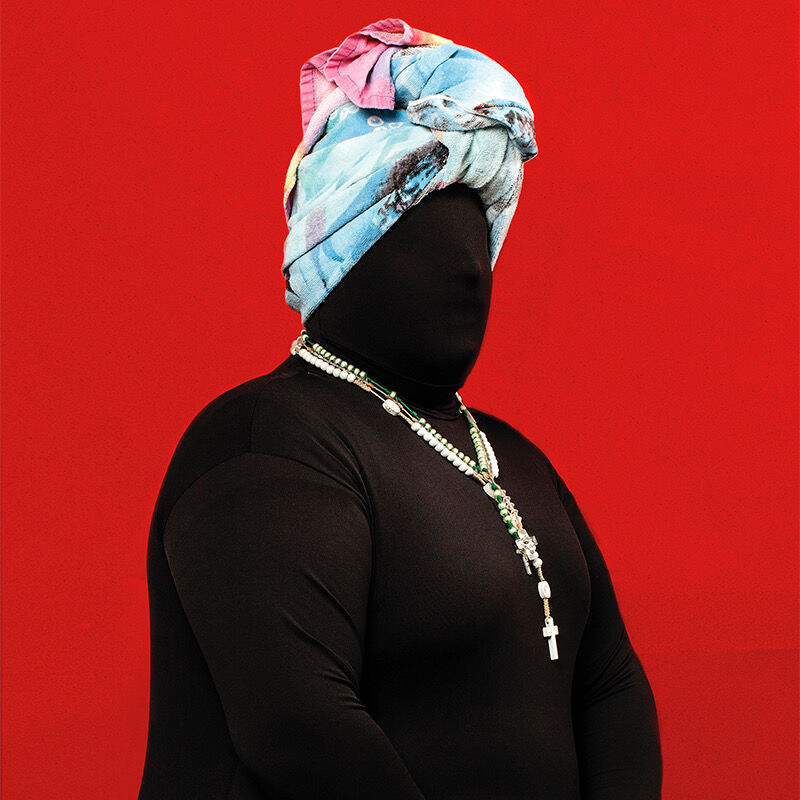
by Alina Cohen on June 29, 2020 1:30pm
Over the past 20 years, Kristina Newman-Scott has championed diversity and social justice in the arts. As a curator, director of culture for the Connecticut Department of Economic and Community Development, and now president of BRIC in Brooklyn, she’s long been committed to equity and representation in both the exhibitions she mounts and in the organizations she runs. “As a Black leader, somebody who has the privilege of leading an institution like BRIC, if I can’t invest in Black artists, what am I doing?” she said in a recent interview. “I won’t ever stop.” Newman-Scott’s engagement with the arts began when she was a young artist in Kingston, Jamaica, where she was born and raised. She translated her ideas about power dynamics in the Caribbean—particularly around prejudices based on race and gender—into geometric paintings. She attended Kingston’s Edna Manley College of the Visual and Performing Arts, and after graduating in 2000, she moved to the United States in 2005 to continue her career. Away from her hometown, Newman-Scott’s interests shifted towards linguistic barriers. In a series of text-based works, she called attention to different pronunciations of English words, asking viewers to stand in her shoes as she adapted to new accents. These principles, and her origins as an artist, pervade Newman-Scott’s career as a leader in the arts, as well as her personal art collection. In her apartment in Bedford-Stuyvesant, Brooklyn, she lives amid some 300 works, many of which were made by artists who are friends and collaborators she’s supported over the years.

Installation view of artworks in Kristina Newman-Scott’s collection. Courtesy of Kristina Newman-Scott.

Installation view of artworks in Kristina Newman-Scott’s collection. Courtesy of Kristina Newman-Scott.The first artworks Newman-Scott ever acquired were trades with her art school friends. “As we made, we exchanged,” she said. “I started to buy art from some of my colleagues. It was so fluid.” After graduating, she established a sponge painting and muraling business with her friend Kahlil Dean. They traded work—and inspiration.After Newman-Scott moved to the U.S. in 2005 and began working at Real Art Ways, a nonprofit in Hartford, Connecticut, she continued purchasing directly from artists she admired. Her first stateside buy, she remembered, was a photograph of an Oreo cookie in the shape of a yin-yang symbol by Kevin Van Aelst, an artist who’d participated in a Real Art Ways exhibition. Newman-Scott estimates that she owns work from 65 percent of the artists with whom she’s worked; collecting is one more way that she can build relationships with artists and show that she believes in their work. Owning their art offers “a memory of the experience we had together and the challenging questions they were trying to answer in their work,” she said. In 2008, Newman-Scott curated a chandelier by Simone Leigh into an exhibition titled “Archaeology of Wonder” at Real Art Ways. The work resembled a group of dark, gold-nippled ceramic breasts spiked with dozens of antennas. Newman-Scott owns two of the small ceramic breasts from Leigh’s chandeliers, some of her favorite works in her collection. She has also purchased a print by Afrofuturist artist Saya Woolfalk and a work by Olu Oguibe, the latter of whom co-curated the African pavilion for the Venice Biennale in 2001.

Antonio Pulgarin, Mother and I, from “Tierra Del Olvido/Land Forgotten,” 2013. Courtesy of the artist and Kristina Newman-Scott.
While Newman-Scott owns artworks from artists across the Americas (including pieces by Sofia Maldonado and Margarida Correia), her loyalty to the Caribbean and support for Black artists is clear. In her bedroom, for example, there’s a painting by Jamaican artist Milton George. “It’s really important for me to invest in my culture and in people from my community,” she said. “There’s still such a small percentage of artists of color in museums and institutions and in major galleries.” Ebony G. Patterson, who attended Edna Manley College with Newman-Scott, is also represented in the collection with a print. “We knew Ebony was going to be a star from art college days, when we were all in Kingston,” said Newman-Scott. In 2008, she and Yona Backer curated Patterson into “Rockstone and Bootheel: Contemporary West Indian Art.” “I should have bought so much more from Ebony,” said Newman-Scott. In recent years, the artist’s career has exploded as she’s enjoyed solo presentations at the Museum of Arts and Design and the Pérez Art Museum Miami. Newman-Scott has also gravitated towards works that riff on pop culture. In 2007, she curated Sam McKinniss’s first-ever solo exhibition, at the Charter Oak Cultural Center in Hartford. She’s remained friends with McKinniss, and devoted an entire wall of her apartment to his portraits of musicians—Freddie Mercury, Madonna, and Beyoncé. “He is an artist and writer that I have great respect and admiration for,” said Newman-Scott, calling McKinniss a dear friend. “I want to buy everything he makes. I’m glad I can’t afford everything anymore.”

Installation view of a work by Derrick Adams in Kristina Newman-Scott’s collection. Courtesy of Kristina Newman-Scott.Last year, Newman-Scott purchased a print by the phenom Derrick Adams, which features a swim-suited figure reclining with a tropical drink. “I will wear cheap shoes all day,” she said. “If you tell me a piece of art costs $1,000, $2,000, $3,000, it doesn’t matter. If I’m connecting with it, I have to have it.” This kind of passion and determination has infiltrated Newman-Scott’s human-centered work—as director of culture for the State of Connecticut, where she worked from 2015 to 2018 and emphasized diversity, and now at BRIC, where she started in August 2018. “We have affinity groups, we have a racial equity steering committee, we are creating an anti-racist institution,” she said. During her nearly two-year tenure, she’s guided BRIC to create its first strategic plan, which articulates the organization’s values and holds it accountable. Newman-Scott is overhauling BRIC’s practices and policies, in addition to its programs. “It’s not enough to just have programs that focus on Black voices and voices of people of color or Indigenous voices or LGBTQI+ voices,” she said. “It’s about: How are we running this institution? How are we ensuring that we’re creating spaces to see change internally? How is our board going to mirror that?”At BRIC, Newman-Scott said, the goal is to “dismantle the white supremacist construct that might exist,” and to recognize “where we have blinders.” She has hired diversity, equity, and inclusion consultant Ebone Bishop, the founder and CEO of Evolv, who will make sure that she and her team have an action plan in place. Newman-Scott added, “We need to look directly into the future that we are trying to build. It is not going to be easy, or without pain. But we have to do it. There’s no other way.” She’s ready for the challenge, for the long haul. “This work is long, lifetime work,” she said. Alina Cohen is a Staff Writer at Artsy.
Thumbnail Image: Portrait of Kristina Newman-Scott. Courtesy of BRIC.